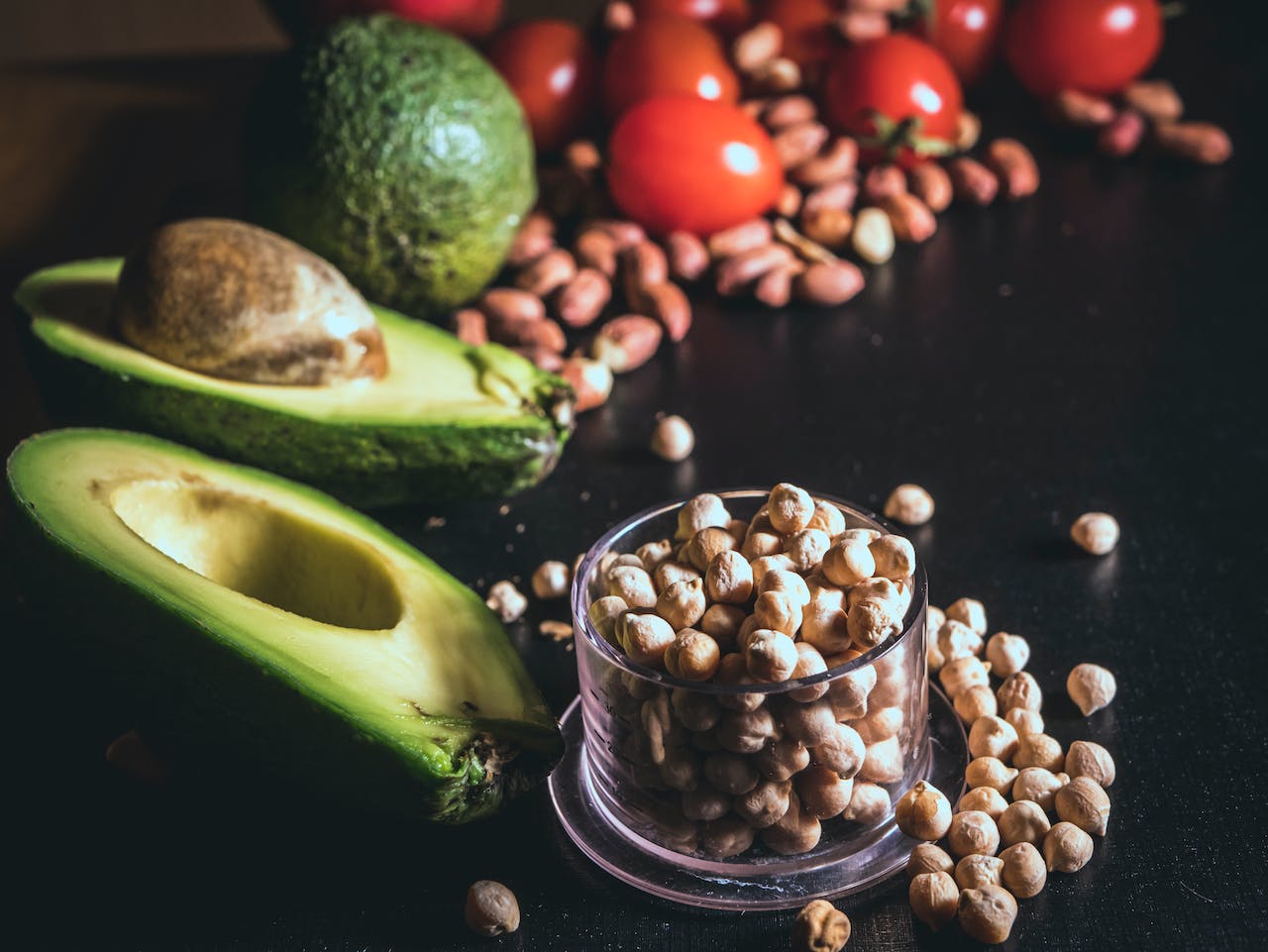Introduction
Kidney disease is a serious health condition that requires careful management of diet and nutrition. For individuals with kidney disease, finding the right recipes is crucial to support their overall health and well-being. In this article, we'll delve into the significance of tailored recipes for kidney disease patients and explore various subtopics related to this important aspect of healthcare.The Role of Nutrition in Kidney Disease
1. Balancing Nutrient Intake
Maintaining a well-balanced diet is essential for individuals with kidney disease. This involves carefully managing the intake of protein, sodium, potassium, and phosphorus. Proper nutrition can help slow the progression of kidney disease and manage related complications.2. Protein Restriction
Kidneys play a pivotal role in processing and eliminating waste products from protein digestion. However, in the case of kidney disease, impaired kidney function can make it challenging to handle excessive protein. Thus, recipes for kidney disease patients often focus on providing high-quality, low-protein alternatives.Creating Kidney-Friendly Recipes
3. Limiting Sodium Intake
Sodium can contribute to fluid retention and elevated blood pressure, putting additional strain on the kidneys. Kidney-friendly recipes emphasize the use of herbs, spices, and other flavor-enhancing alternatives to reduce the reliance on salt.4. Managing Potassium Levels
For individuals with kidney disease, excess potassium can lead to complications such as irregular heartbeats. Kidney-friendly recipes carefully select and prepare foods to control potassium intake, considering the specific needs of each patient.5. Phosphorus Control
Maintaining proper phosphorus levels is crucial for bone health. Kidney disease can disrupt the balance of phosphorus in the body, making it important to choose recipes that limit phosphorus-rich ingredients while still providing essential nutrients.Sample Kidney-Friendly Recipes
6. Grilled Lemon Herb Chicken
Ingredients:- Skinless, boneless chicken breasts
- Fresh herbs (rosemary, thyme, parsley)
- Lemon juice
- Olive oil
- Garlic (optional)
- Marinate chicken in a mixture of lemon juice, fresh herbs, and olive oil.
- Grill until fully cooked.
- Serve with a side of steamed green beans and quinoa.
7. Vegetable Stir-Fry with Tofu
Ingredients:- Tofu
- Mixed vegetables (broccoli, bell peppers, carrots)
- Low-sodium soy sauce
- Ginger
- Garlic
- Sauté tofu in a non-stick pan until golden brown.
- Add mixed vegetables, ginger, and garlic.
- Stir in low-sodium soy sauce and cook until vegetables are tender.
Salmon and Asparagus Foil Packets
Ingredients:- Fresh salmon fillets
- Asparagus spears
- Lemon slices
- Olive oil
- Dill (fresh or dried)
- Salt and pepper to taste
- Preheat the oven to 400°F (200°C).
- Place each salmon fillet on a piece of foil.
- Arrange asparagus around the salmon, add lemon slices, and drizzle with olive oil.
- Sprinkle dill, salt, and pepper over the top.
- Seal the foil packets and bake for 15-20 minutes or until salmon is cooked through.
Quinoa and Vegetable Stuffed Bell Peppers
Ingredients:- Bell peppers (halved and seeds removed)
- Cooked quinoa
- Mixed vegetables (zucchini, cherry tomatoes, spinach)
- Low-sodium vegetable broth
- Garlic powder
- Italian seasoning
- Preheat the oven to 375°F (190°C).
- In a bowl, mix cooked quinoa with chopped vegetables.
- Season with garlic powder and Italian seasoning.
- Stuff each bell pepper half with the quinoa and vegetable mixture.
- Place stuffed peppers in a baking dish, add vegetable broth, and bake for 25-30 minutes.
Mango and Black Bean Salad
Ingredients:- Canned black beans (rinsed and drained)
- Ripe mango (diced)
- Red onion (finely chopped)
- Cilantro (freshly chopped)
- Lime juice
- Olive oil
- Salt and pepper to taste
- In a bowl, combine black beans, diced mango, red onion, and cilantro.
- In a separate small bowl, whisk together lime juice, olive oil, salt, and pepper.
- Pour the dressing over the salad and toss gently.
- Chill in the refrigerator for at least 30 minutes before serving.
Egg White Omelette with Spinach and Feta
Ingredients:- Egg whites
- Fresh spinach leaves
- Crumbled feta cheese
- Cherry tomatoes (sliced)
- Olive oil
- Dried oregano
- Heat olive oil in a non-stick pan over medium heat.
- Pour in egg whites and let them set slightly.
- Add spinach, feta, and cherry tomatoes on one half of the omelette.
- Fold the other half over the filling and cook until the eggs are fully set.
- Sprinkle with dried oregano before serving.
Cucumber and Dill Greek Yogurt Dip
Ingredients:- Greek yogurt
- Cucumber (peeled, seeded, and finely chopped)
- Fresh dill (chopped)
- Garlic (minced)
- Lemon juice
- Salt and pepper to taste
- In a bowl, combine Greek yogurt, chopped cucumber, dill, and minced garlic.
- Mix in lemon juice, salt, and pepper.
- Refrigerate for at least an hour to allow flavors to meld.
- Serve with sliced vegetables or whole-grain crackers.
Consultation with a Dietitian
8. Individualized Dietary Plans
Every individual's nutritional needs vary, and kidney disease patients benefit greatly from personalized dietary plans. A registered dietitian specializing in renal nutrition can help tailor recipes to meet specific requirements, taking into account factors such as age, weight, and overall health.Conclusion
In conclusion, recipes for kidney disease patients play a vital role in managing the condition and promoting overall well-being. By focusing on nutrient balance, protein restriction, and careful consideration of sodium, potassium, and phosphorus levels, individuals can enjoy flavorful and satisfying meals that support their health. Consulting with a dietitian ensures that recipes are customized to individual needs, empowering kidney disease patients to take control of their nutrition and enhance their quality of life.Want To Lower Creatinine Levels, Improve Kidney Function, And Safeguard Your Kidneys From Further Damage? Are you tired of living under the shadow of kidney disease? Are you yearning for a life free from the shackles of dialysis, kidney failure, and the looming threat of kidney transplants? If so, you're in the right place at the right time.
Imagine waking up every morning with boundless energy, feeling rejuvenated and ready to take on the day. Envision a life where your kidneys are functioning optimally, and you no longer dread the burdensome routines of dialysis sessions. The Kidney Disease Solution Program is here to turn that vision into reality for you.
Imagine waking up every morning with boundless energy, feeling rejuvenated and ready to take on the day. Envision a life where your kidneys are functioning optimally, and you no longer dread the burdensome routines of dialysis sessions. The Kidney Disease Solution Program is here to turn that vision into reality for you.


